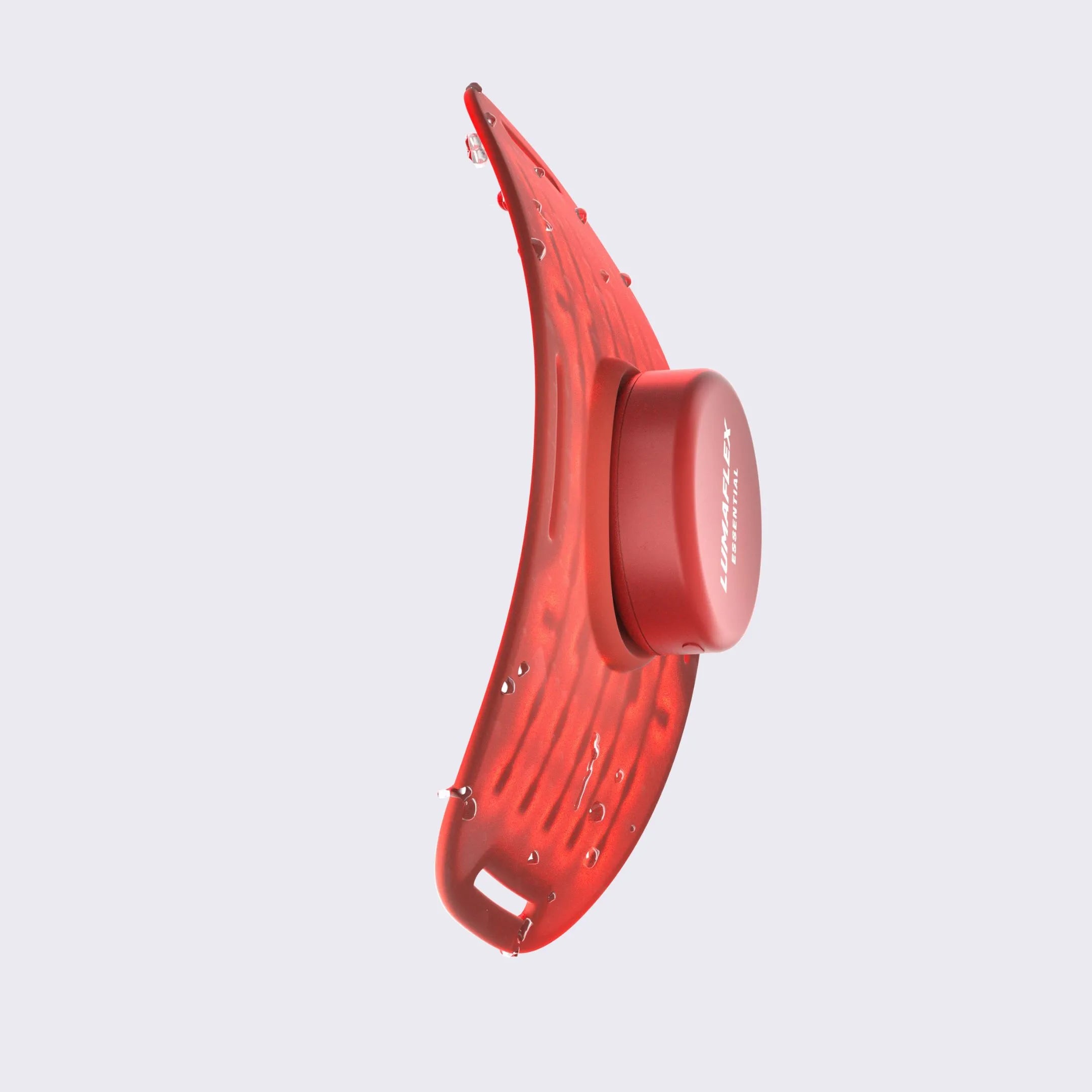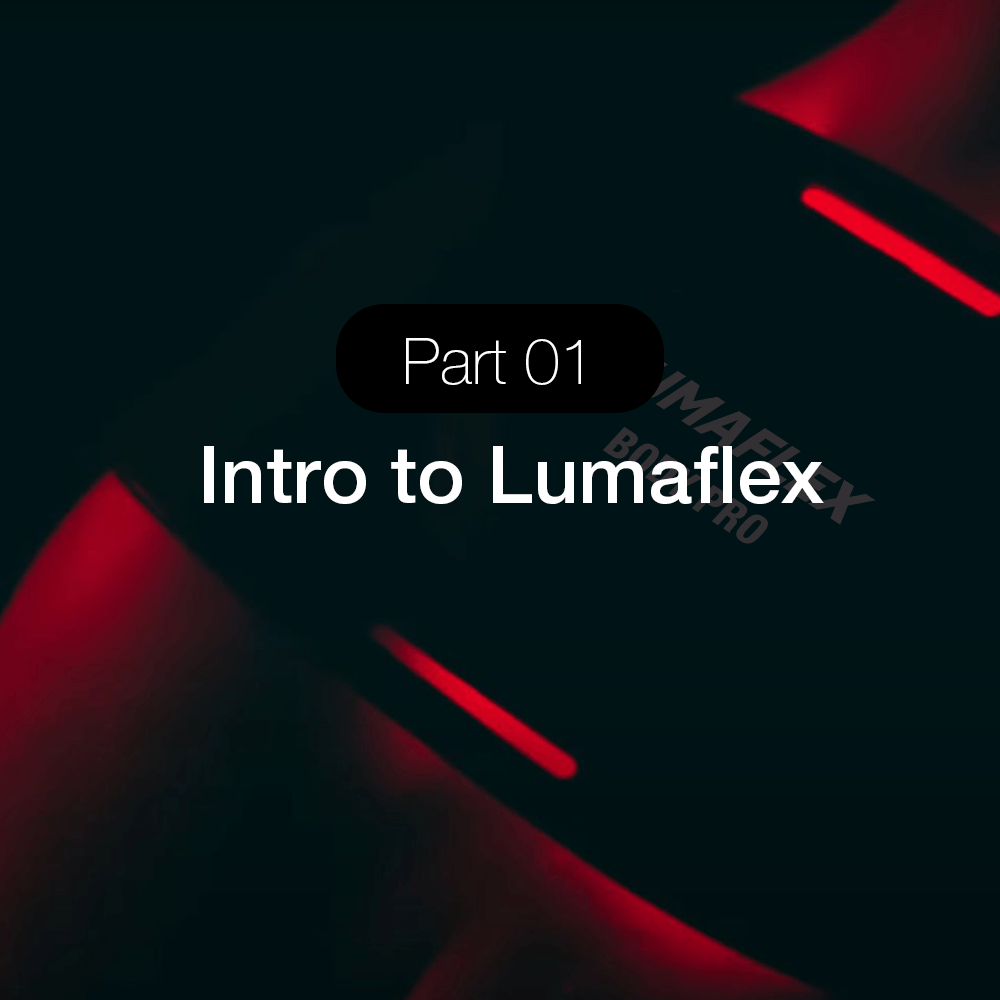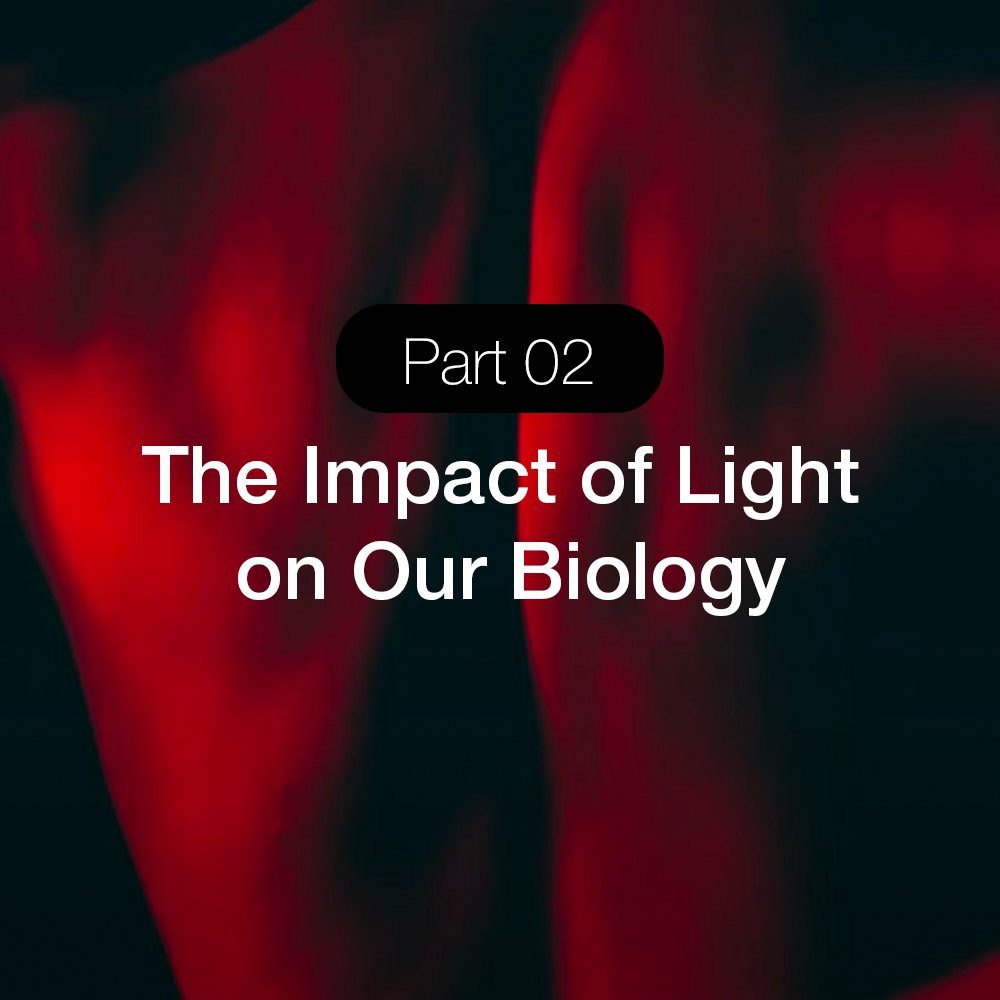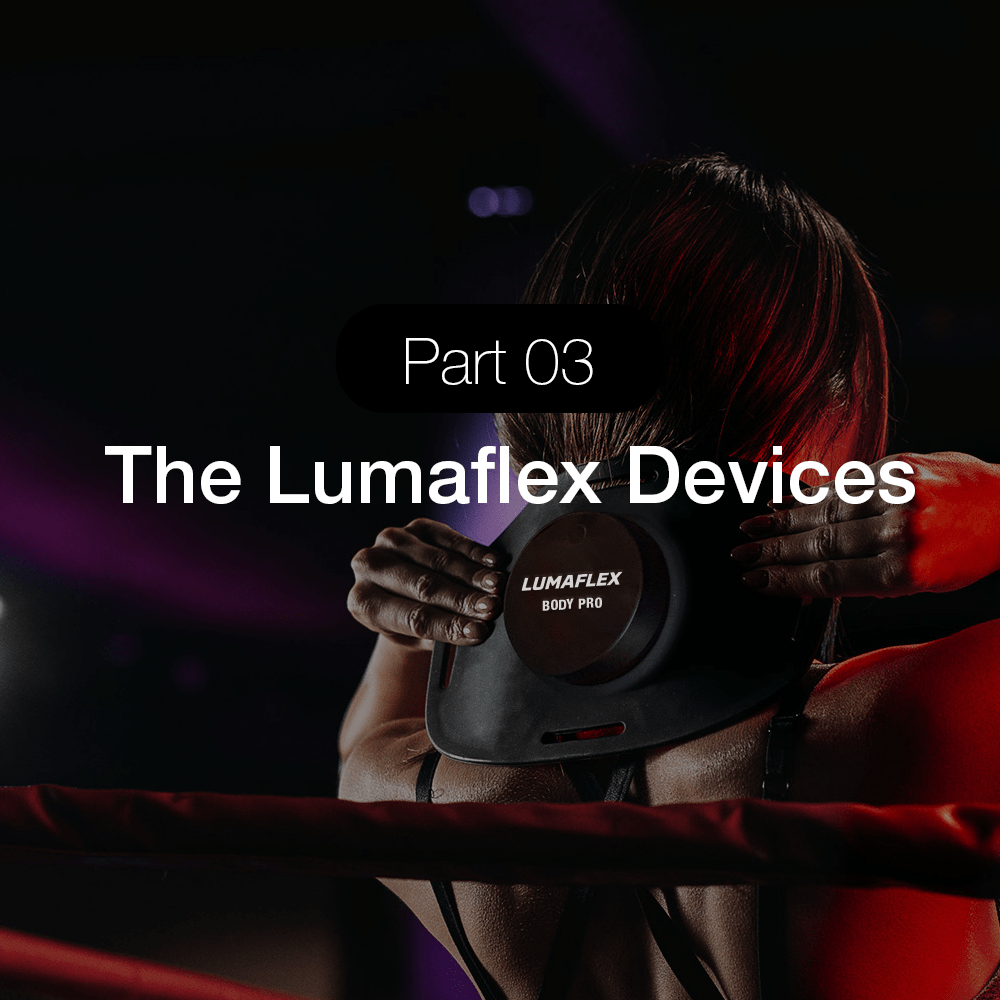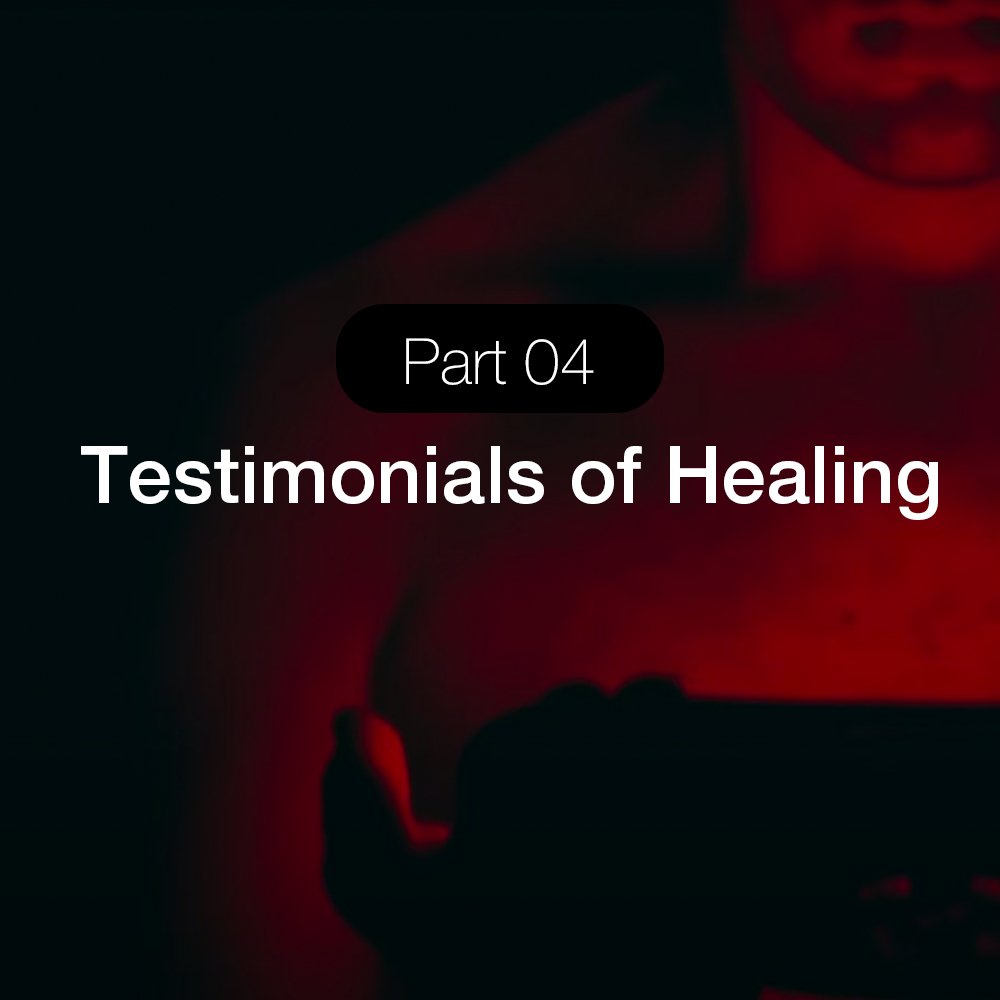A Meta-analysis: Red Light Therapy at 630nm for Chronic Pain

630nm red light therapy shows promise for chronic pain management through well-defined biological mechanisms, though clinical evidence remains limited compared to other wavelengths. This wavelength specifically targets surface tissues with excellent anti-inflammatory effects and cytochrome c oxidase stimulation, making it particularly effective for superficial pain conditions. While systematic reviews demonstrate moderate evidence for photobiomodulation therapy broadly, 630nm-specific research represents a significant gap requiring dedicated clinical trials to establish definitive treatment protocols.
The therapeutic potential stems from direct cellular energy enhancement through mitochondrial stimulation, combined with potent anti-inflammatory cascades that reduce pain-inducing cytokines. However, the 1-2mm tissue penetration depth limits 630nm to surface-level applications, with deeper chronic pain conditions requiring longer wavelengths or combination approaches for optimal effectiveness.
Table of content
- 1. Cellular mechanisms drive 630nm analgesia through energy enhancement
- 2. Limited clinical evidence shows effectiveness for surface pain conditions
- 3. Comparative effectiveness favors combination approaches over monotherapy
- 4. Evidence-based protocols establish clear treatment parameters
- 5. Systematic reviews reveal significant research gaps requiring urgent attention
- 6. Conclusion
- 7. References
Cellular mechanisms drive 630nm analgesia through energy enhancement
The analgesic effects of 630nm red light operate through multiple interconnected biological pathways centered on mitochondrial function enhancement. Research demonstrates that 630nm wavelength specifically targets cytochrome c oxidase, the terminal enzyme in the mitochondrial electron transport chain, leading to an 80% increase in ATP levels in treated cells. This wavelength falls within the optimal absorption spectrum for oxidized cytochrome c oxidase (600-670nm range), making it highly effective at stimulating cellular bioenergetics.
The mechanism involves photodissociation of nitric oxide from the cytochrome c oxidase binding site, where NO acts as a competitive inhibitor of oxygen. Removing this inhibition through 630nm light exposure allows normal mitochondrial respiration to resume, enhancing electron transport chain function and proton pumping across the inner mitochondrial membrane. These effects persist for several days post-treatment, providing sustained therapeutic benefits.
Beyond energy production, 630nm light triggers potent anti-inflammatory cascades that directly address pain-generating processes. Studies show significant reductions in pro-inflammatory cytokines including IL-1β, IL-6, IL-8, and TNF-α, while enhancing anti-inflammatory IL-10 expression. The wavelength also downregulates NF-κB inflammatory pathways and reduces prostaglandin E2 concentrations, creating a comprehensive anti-inflammatory response that extends beyond the local treatment area.
The Lumaflex Body Pro uses red light wavelength 630nm + infrared wavelength 850nm to relieve pain effectively. It is a comprehensive, reliable, and effective solution with 10 international quality certifications and 9 design awards.
Limited clinical evidence shows effectiveness for surface pain conditions
While the biological mechanisms are well-established, clinical trials specifically examining 630nm wavelength remain scarce. Most published studies combine 630nm with other wavelengths (particularly 660nm and 850nm) rather than examining it as monotherapy. The available evidence, though limited, demonstrates promising outcomes for specific chronic pain conditions.
Fibromyalgia research using whole-body photobiomodulation (including 630nm ranges) shows significant pain reduction on VAS scales, with studies reporting 60% pain improvements and effect sizes of 0.67 for pain reduction. One notable study found that 31.6% of fibromyalgia participants improved enough to no longer meet diagnostic criteria after treatment. However, these studies typically employed multi-wavelength approaches rather than 630nm exclusively.
Arthritis applications show more targeted 630nm evidence, with research demonstrating that 630nm combined with 870nm effectively inhibits collagen degradation and decreases joint inflammation in animal models. A clinical case study of chronic shoulder capsulitis treated with 630nm LED therapy (37.5 J/cm² over 12 sessions) showed measurable improvements in Oxford Shoulder Score and pain reduction, though the single-case design limits generalizability.
The penetration characteristics of 630nm light (approximately 1-2mm tissue depth) make it particularly suitable for surface-level chronic pain conditions including skin inflammation, superficial wound healing, and oral mucositis. Studies consistently demonstrate excellent safety profiles with no reported adverse events in reviewed 630nm applications.
Comparative effectiveness favors combination approaches over monotherapy
Research comparing 630nm to other wavelengths reveals distinct therapeutic niches rather than universal superiority. While 630nm excels at surface analgesia and anti-inflammatory effects, deeper tissue pain conditions benefit more from 810-850nm wavelengths that penetrate 20-40mm into tissues. Mathematical modeling demonstrates that only 10% light intensity difference exists between 630-905nm wavelengths, but tissue penetration characteristics vary significantly.
Direct wavelength comparisons remain insufficient for definitive clinical guidance. Limited studies suggest 630nm may be more effective than 890nm for certain applications, but optimal near-infrared comparisons would involve 830nm, which shows peak cytochrome c oxidase absorption and superior deep tissue penetration. The emerging clinical consensus supports combination protocols using both 630nm for surface effects and 810-850nm for deep tissue targeting.
Systematic reviews consistently identify 660nm and 810-830nm as most effective wavelengths in the literature, with 630nm receiving less research attention despite its theoretical advantages. Studies comparing photobiomodulation to conventional treatments show promising results, with PBMT offering non-invasive alternatives to NSAIDs without cardiovascular or gastrointestinal risks. However, formal cost-effectiveness analyses comparing 630nm specifically to standard care remain lacking.
The integration potential with conventional treatments appears strong, with studies showing photobiomodulation combined with exercise or physical therapy producing superior outcomes versus monotherapy. This suggests 630nm could serve as an effective adjunctive treatment rather than standalone therapy for complex chronic pain conditions.
Evidence-based protocols establish clear treatment parameters
Despite limited 630nm-specific trials, consistent dosing parameters emerge from available research and broader photobiomodulation studies. Clinical evidence supports power densities of 40-80 mW/cm² and energy densities of 4-10 J/cm² for optimal therapeutic effects. Treatment protocols typically involve 3 sessions per week for 6-8 weeks, totaling 12-20 sessions for comprehensive pain management.
Dose-response relationships follow a biphasic curve where low doses (<2 J/cm²) show minimal effects, optimal doses (4-10 J/cm²) provide maximum therapeutic benefit, and high doses (>15 J/cm²) may produce diminished returns. Power densities exceeding 100 mW/cm² risk thermal damage and should be avoided in clinical practice.
Treatment duration calculations follow the formula: Duration (minutes) = Energy Density (J/cm²) ÷ Power Density (mW/cm²) × 16.67, typically resulting in 10-20 minute sessions per treatment area. Larger coverage areas (>100 cm²) demonstrate better clinical outcomes than small handheld devices, suggesting whole-body or large-panel approaches may be more effective.
Patient selection criteria favor individuals with chronic musculoskeletal pain, fibromyalgia, and inflammatory conditions seeking non-pharmacological treatments. Contraindications include active skin cancer in treatment areas, pregnancy (over abdomen/pelvis), and photosensitizing medications. The excellent safety profile allows for daily treatments when needed without tolerance development.
Systematic reviews reveal significant research gaps requiring urgent attention
High-quality systematic reviews and meta-analyses demonstrate moderate evidence for photobiomodulation therapy broadly, but 630nm-specific systematic reviews are notably absent from the literature. Cochrane reviews of low-level laser therapy show "silver" level evidence for pain reduction in rheumatoid arthritis and some benefit for osteoarthritis, but most studies combine multiple wavelengths rather than examining 630nm exclusively.
GRADE assessments typically rate photobiomodulation evidence as low to moderate certainty due to heterogeneous protocols, small sample sizes, and inconsistent parameter reporting. Recent comprehensive reviews (2018-2025) continue to identify photobiomodulation as effective for musculoskeletal pain, fibromyalgia, and other chronic conditions, but wavelength-specific recommendations remain underdeveloped.
The methodological limitations consistently identified across reviews include high heterogeneity in treatment protocols, variable wavelengths and doses, limited long-term follow-up, and insufficient head-to-head comparisons. These gaps are particularly pronounced for 630nm research, where most evidence comes from combination studies rather than dedicated wavelength investigations.
Clinical practice guidelines acknowledge photobiomodulation's potential but emphasize the need for standardized protocols and larger clinical trials. The World Association of Laser Therapy provides general parameters but lacks specific 630nm recommendations, highlighting the urgent need for focused research on this wavelength.
Conclusion
630nm red light therapy demonstrates strong biological plausibility and emerging clinical evidence for chronic pain management, particularly for surface-level conditions. The well-defined mechanisms involving cytochrome c oxidase stimulation and anti-inflammatory cascades provide a solid scientific foundation for therapeutic applications. However, the limited clinical evidence base specific to 630nm wavelength represents a critical research gap that must be addressed through dedicated randomized controlled trials.
Current evidence suggests 630nm is most effective as part of combination approaches rather than monotherapy, complementing deeper-penetrating wavelengths (810-850nm) for comprehensive pain management. The excellent safety profile and non-invasive nature make 630nm an attractive adjunctive treatment option, particularly for patients seeking alternatives to pharmacological interventions.
Future research priorities must include large-scale RCTs specifically examining 630nm monotherapy, head-to-head wavelength comparisons, cost-effectiveness analyses, and standardized protocol development. Until this evidence emerges, clinicians should consider 630nm as a promising but incompletely validated option for chronic pain management, best used within multi-wavelength treatment protocols guided by existing photobiomodulation research.
References
- Miyamoto Y, Nishikiori D, Hagino F, Wakita M, Tanabe I, Toida M. Effect of 630-NM pulsed laser irradiation on the proliferation of HeLa cells in Photofrin(®)-mediated photodynamic therapy. Laser Ther. 2011;20(2):135-8. doi: 10.5978/islsm.20.135. PMID: 24155522; PMCID: PMC3799027.
- Hamblin MR. Mechanisms and applications of the anti-inflammatory effects of photobiomodulation. AIMS Biophys. 2017;4(3):337-361. doi: 10.3934/biophy.2017.3.337. Epub 2017 May 19. PMID: 28748217; PMCID: PMC5523874.
- Zein R, Selting W, Hamblin MR. Review of light parameters and photobiomodulation efficacy: dive into complexity. J Biomed Opt. 2018 Dec;23(12):1-17. doi: 10.1117/1.JBO.23.12.120901. PMID: 30550048; PMCID: PMC8355782
- Shamloo S, Defensor E, Ciari P, Ogawa G, Vidano L, Lin JS, Fortkort JA, Shamloo M, Barron AE. The anti-inflammatory effects of photobiomodulation are mediated by cytokines: Evidence from a mouse model of inflammation. Front Neurosci. 2023 Apr 6;17:1150156. doi: 10.3389/fnins.2023.1150156. PMID: 37090796; PMCID: PMC10115964.
- Chen, Z.; Liu, X.; Qin, H.; Lu, Z.; Huang, S.; Liu, M. The Effect of 630 nm Photobiomodulation on the Anti-Inflammatory Effect of Human Gingival Fibroblasts. Photonics2021, 8, 360. https://doi.org/10.3390/photonics8090360
- Zhang R, Qu J. The Mechanisms and Efficacy of Photobiomodulation Therapy for Arthritis: A Comprehensive Review. Int J Mol Sci. 2023 Sep 19;24(18):14293. doi: 10.3390/ijms241814293. PMID: 37762594; PMCID: PMC10531845.
- Navarro-Ledesma S, Carroll J, Burton P, Ana GM. Short-Term Effects of Whole-Body Photobiomodulation on Pain, Quality of Life and Psychological Factors in a Population Suffering from Fibromyalgia: A Triple-Blinded Randomised Clinical Trial. Pain Ther. 2023 Feb;12(1):225-239. doi: 10.1007/s40122-022-00450-5. Epub 2022 Nov 11. PMID: 36369323; PMCID: PMC9845459.
- Fitzmaurice BC, Heneghan NR, Rayen ATA, Grenfell RL, Soundy AA. Whole-Body Photobiomodulation Therapy for Fibromyalgia: A Feasibility Trial. Behav Sci (Basel). 2023 Aug 29;13(9):717. doi: 10.3390/bs13090717. PMID: 37753995; PMCID: PMC10525895.
- Moghissi K, Dixon K, Edwards A. Frozen (capsulitis) of shoulder Treated by LED Red light: A case report. Photodiagnosis Photodyn Ther. 2023 Dec;44:103764. doi: 10.1016/j.pdpdt.2023.103764. Epub 2023 Sep 1. PMID: 37660870.
- Jalal Maghfour, Jessica Mineroff, David M. Ozog, Jared Jagdeo, Henry W. Lim, Indermeet Kohli, Rox Anderson, Kristen M. Kelly, Andrew Mamalis, Gilly Munavalli, Ferraresi Cleber, Daniel Siegel, Ivayla Geneva, Robert Weiss, Akimich Morita, Anders Juanita, Mitchel P. Goldman, Paraveen R. Arany, David Sliney, Omar A. Ibrahimi, Michael Chopp, Samia Esmat, Jan Tuner, Evidence-based consensus on the clinical application of photobiomodulation, Journal of the American Academy of Dermatology, 2025, ISSN 0190-9622, https://doi.org/10.1016/j.jaad.2025.04.031.
- Wunsch A, Matuschka K. A controlled trial to determine the efficacy of red and near-infrared light treatment in patient satisfaction, reduction of fine lines, wrinkles, skin roughness, and intradermal collagen density increase. Photomed Laser Surg. 2014 Feb;32(2):93-100. doi: 10.1089/pho.2013.3616. Epub 2013 Nov 28. PMID: 24286286; PMCID: PMC3926176.
- Bo-Ming Li, Chen-Kai Zhang, Jia-Han He, Yun-Qing Liu, Xiao-Ya Bao, Fang-Hui Li, The Effects of Photobiomodulation on Knee Function, Pain, and Exercise Tolerance in Older Adults: A Meta-analysis of Randomized Controlled Trials, Archives of Physical Medicine and Rehabilitation, Volume 105, Issue 3, 2024, Pages 593-603, ISSN 0003-9993, https://doi.org/10.1016/j.apmr.2023.06.016.
- Farazi N, Salehi-Pourmehr H, Farajdokht F, Mahmoudi J, Sadigh-Eteghad S. Photobiomodulation combination therapy as a new insight in neurological disorders: a comprehensive systematic review. BMC Neurol. 2024 Mar 19;24(1):101. doi: 10.1186/s12883-024-03593-4. Erratum in: BMC Neurol. 2024 Apr 10;24(1):117. doi: 10.1186/s12883-024-03624-0. PMID: 38504162; PMCID: PMC10949673.
- Ryu JH, Park J, Kim JW, Shin YI, Lee SD, Oh Y, Kang SW. Exploring the Effects of 630 nm Wavelength of Light-Emitting Diode Irradiation on the Proliferation and Migration Ability of Human Biceps Tendon Fibroblast Cells. Clin Orthop Surg. 2023 Feb;15(1):166-174. doi: 10.4055/cios22132. Epub 2022 Aug 23. PMID: 36779000; PMCID: PMC9880516.
- Chen, Z.; Liu, X.; Qin, H.; Lu, Z.; Huang, S.; Liu, M. The Effect of 630 nm Photobiomodulation on the Anti-Inflammatory Effect of Human Gingival Fibroblasts. Photonics2021, 8, 360. https://doi.org/10.3390/photonics8090360
- Duc Tri Phan, Ngoc Thang Bui, Tan Hung Vo, Sumin Park, Jaeyeop Choi, Sudip Mondal, Byung-Gak Kim, Junghwan Oh, Development of a LED light therapy device with power density control using a Fuzzy logic controller, Medical Engineering & Physics, Volume 86, 2020, Pages 71-77, ISSN 1350-4533, https://doi.org/10.1016/j.medengphy.2020.09.008
- González-Muñoz A, Cuevas-Cervera M, Pérez-Montilla JJ, Aguilar-Núñez D, Hamed-Hamed D, Aguilar-García M, Pruimboom L, Navarro-Ledesma S. Efficacy of Photobiomodulation Therapy in the Treatment of Pain and Inflammation: A Literature Review. Healthcare (Basel). 2023 Mar 24;11(7):938. doi: 10.3390/healthcare11070938. PMID: 37046865; PMCID: PMC10094541.
- Brosseau L, Robinson V, Wells G, Debie R, Gam A, Harman K, Morin M, Shea B, Tugwell P. Low level laser therapy (Classes I, II and III) for treating rheumatoid arthritis. Cochrane Database Syst Rev. 2005 Oct 19;2005(4):CD002049. doi: 10.1002/14651858.CD002049.pub2. PMID: 16235295; PMCID: PMC8406947.
- Elisa Kauark-Fontes, Cesar Augusto Migliorati, Joel B. Epstein, Rene-Jean Bensadoun, Luiz Alcino Monteiro Gueiros, James Carroll, Luciana Maria Pedreira Ramalho, Alan Roger Santos-Silva, Twenty-year analysis of photobiomodulation clinical studies for oral mucositis: a scoping review, Oral Surgery, Oral Medicine, Oral Pathology and Oral Radiology, Volume 135, Issue 5, 2023, Pages 626-641, ISSN 2212-4403, https://doi.org/10.1016/j.oooo.2022.12.010.
- Cheng K, Martin LF, Slepian MJ, Patwardhan AM, Ibrahim MM. Mechanisms and Pathways of Pain Photobiomodulation: A Narrative Review. J Pain. 2021 Jul;22(7):763-777. doi: 10.1016/j.jpain.2021.02.005. Epub 2021 Feb 23. PMID: 33636371; PMCID: PMC8277709.
- De Oliveira MF, Johnson DS, Demchak T, Tomazoni SS, Leal-Junior EC. Low-intensity LASER and LED (photobiomodulation therapy) for pain control of the most common musculoskeletal conditions. Eur J Phys Rehabil Med 2022;58:282-9. DOI: 10.23736/S1973-9087.21.07236-1










